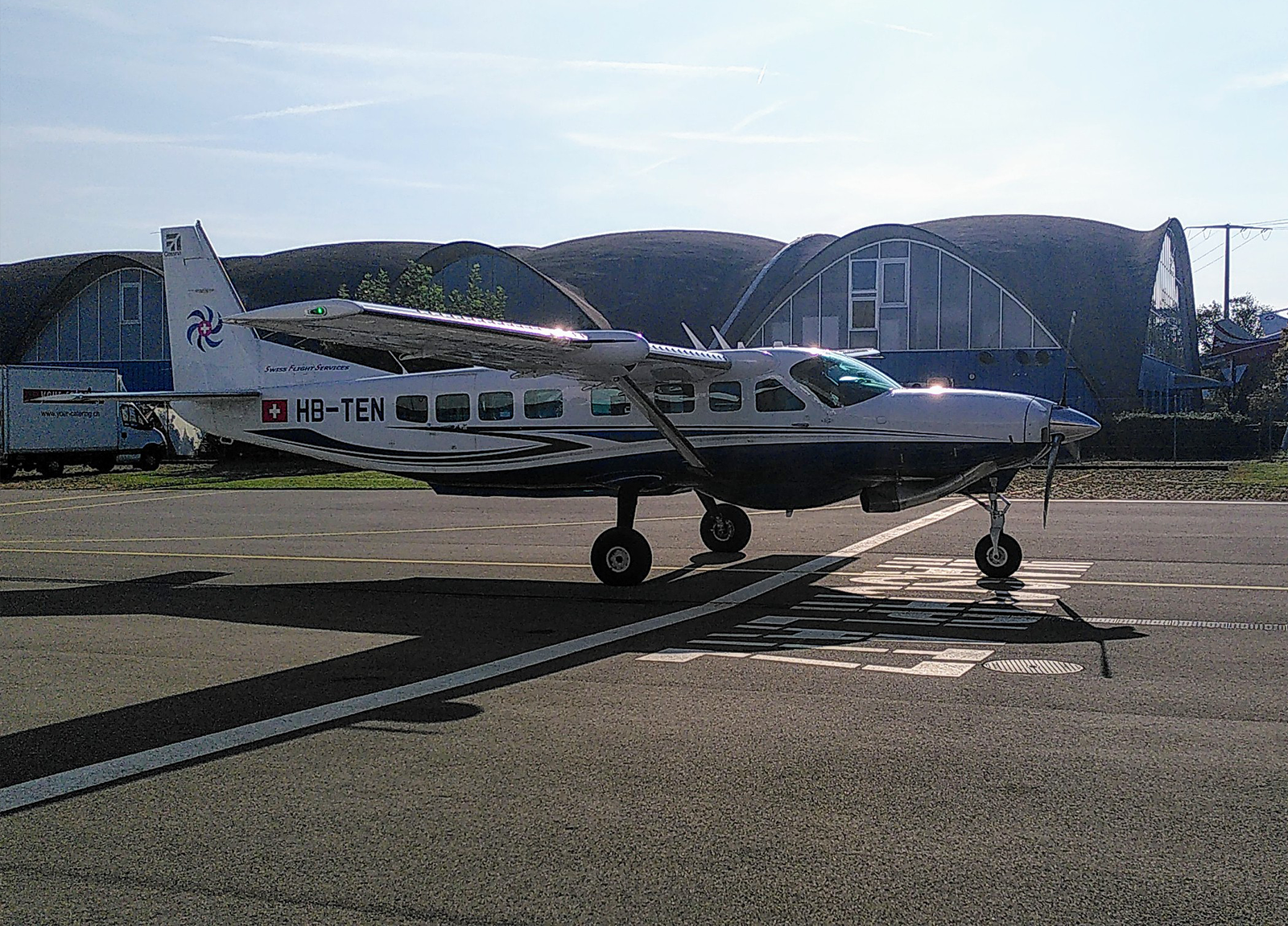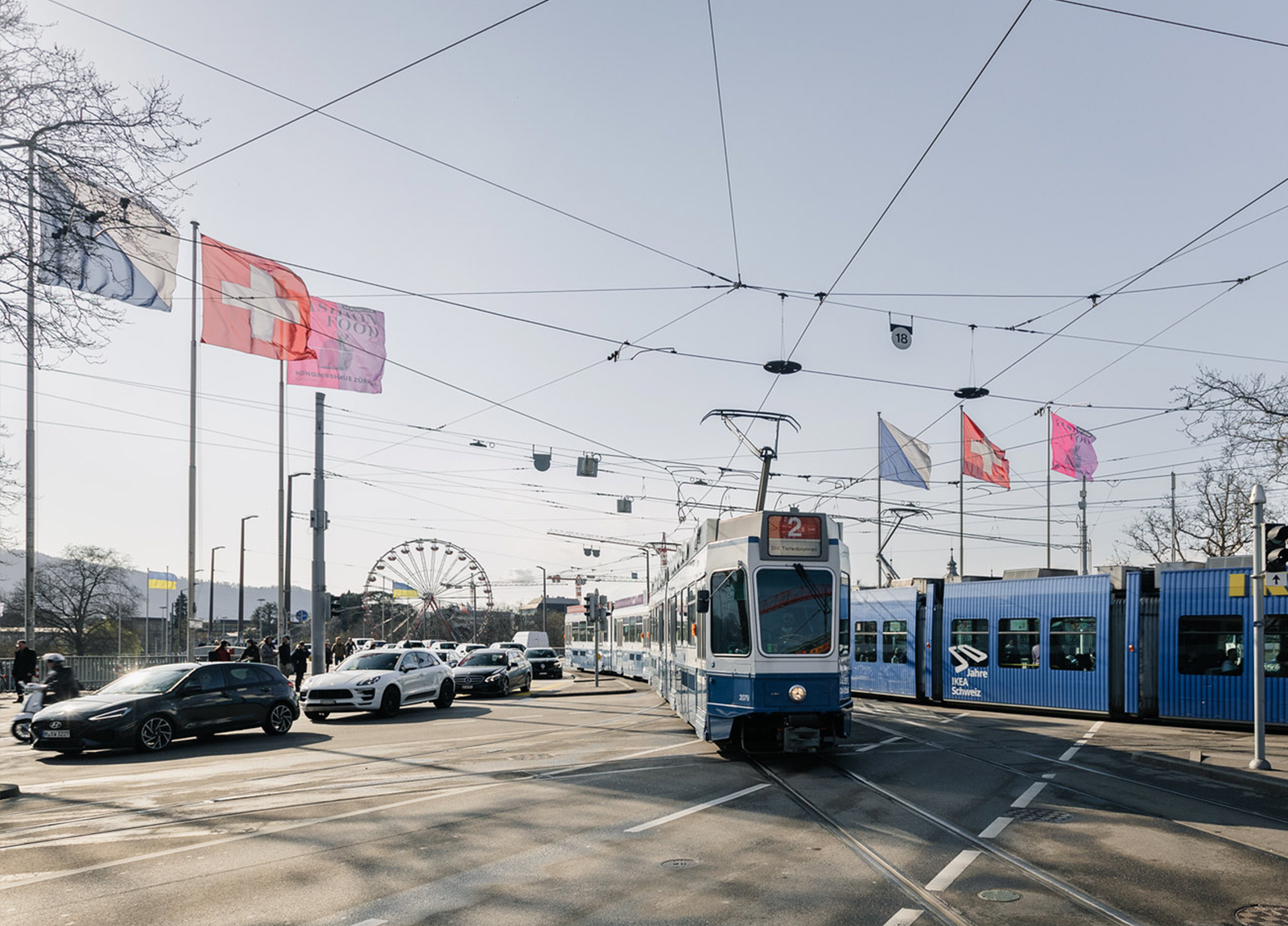Atmospheric Modeling and Remote Sensing Group
Anthropogenic emissions from industry, traffic, households and agriculture affect air quality and contribute to globally increasing greenhouse gas concentrations. We aim to better understand processes governing atmospheric composition to answer environmentally pressing questions and to support policy makers.
Our group specializes in the application of Lagrangian and Eulerian atmospheric models and in trace gas remote sensing in order to
- Quantify emissions of greenhouse gases using inverse methods
- Simulate the effect of sources and future scenarios on air pollution levels
- Understand atmospheric transport and chemistry processes and improve their representation in models
- Investigate atmospheric composition and sources using satellite and airborne remote sensing



